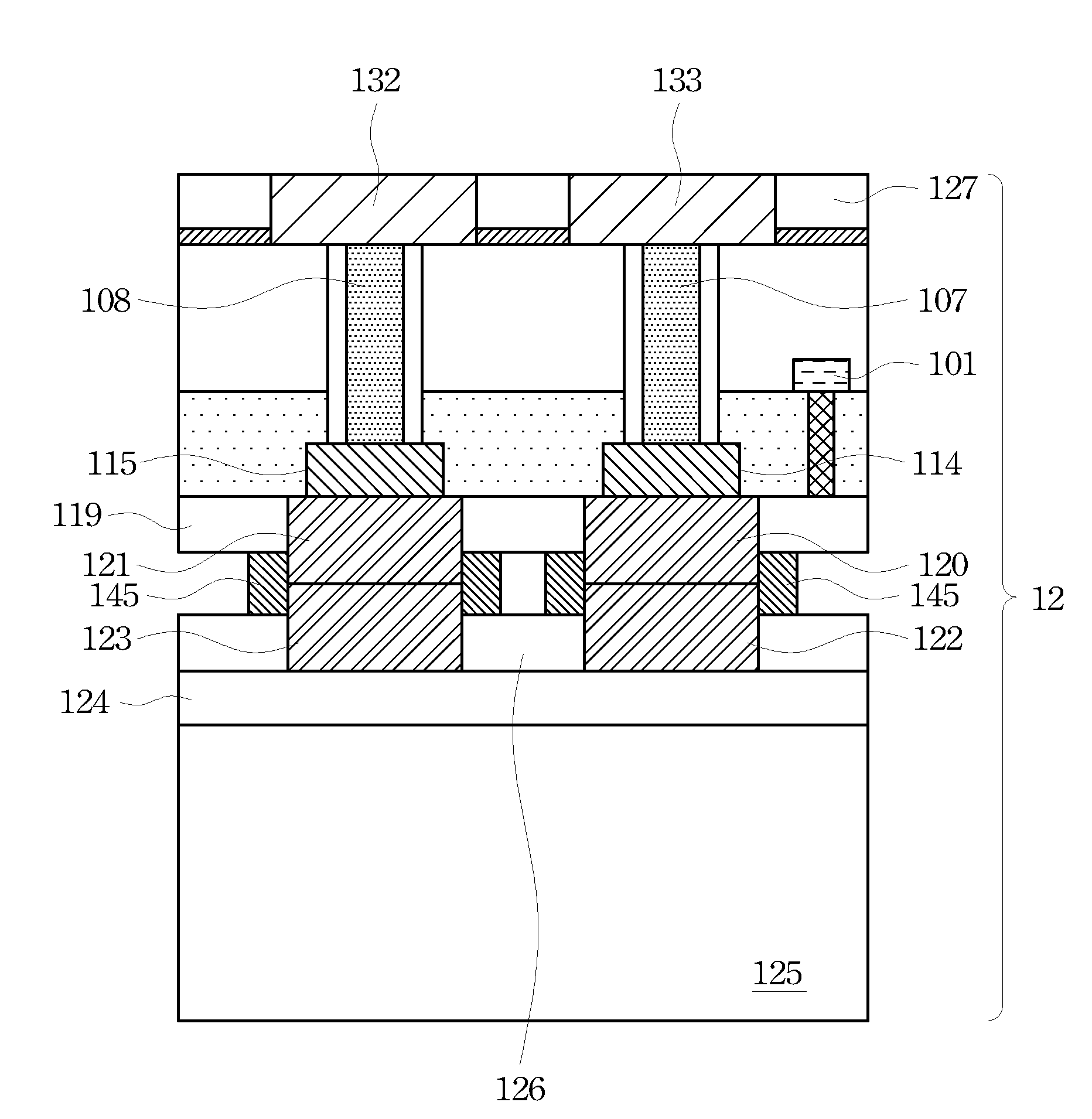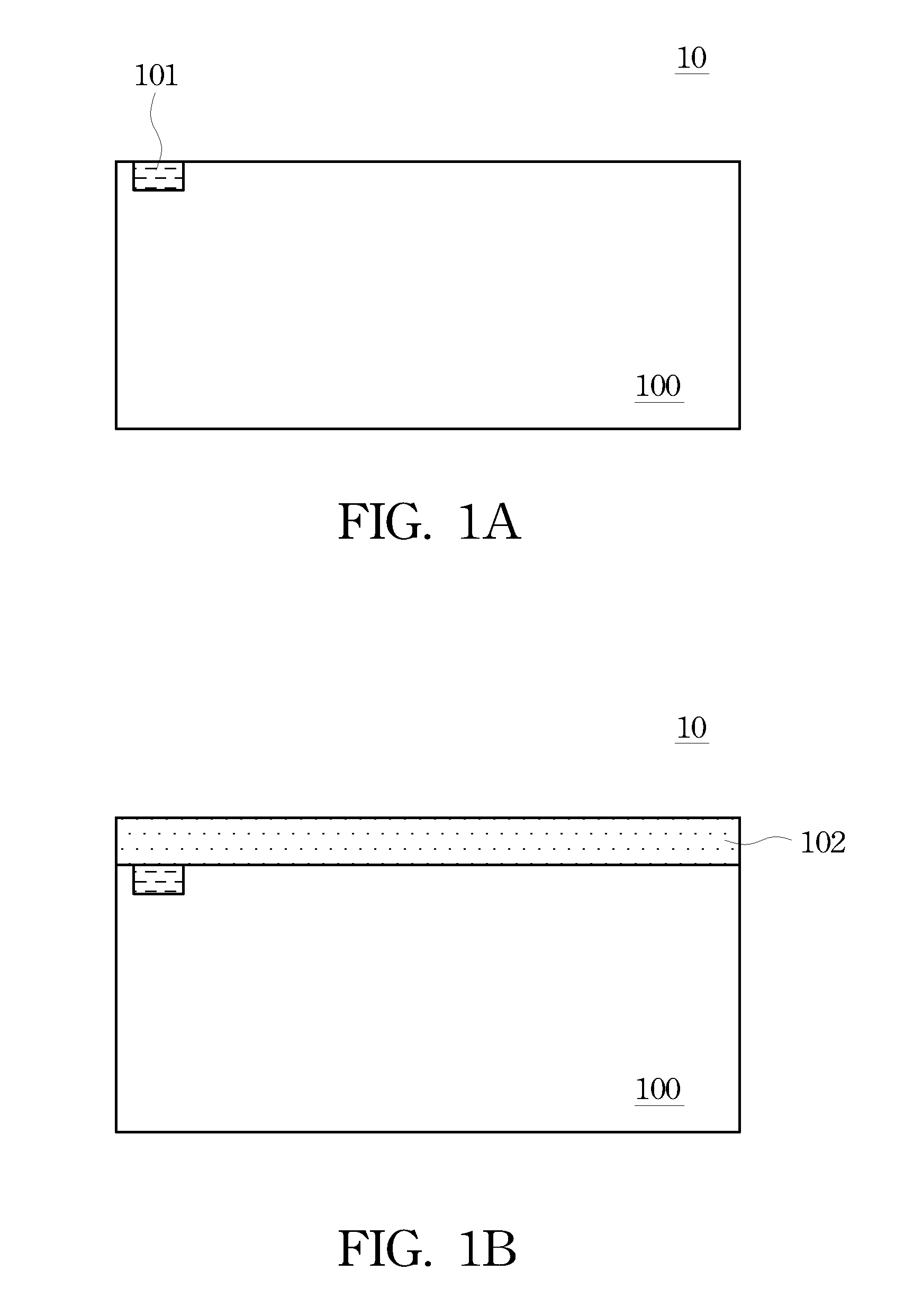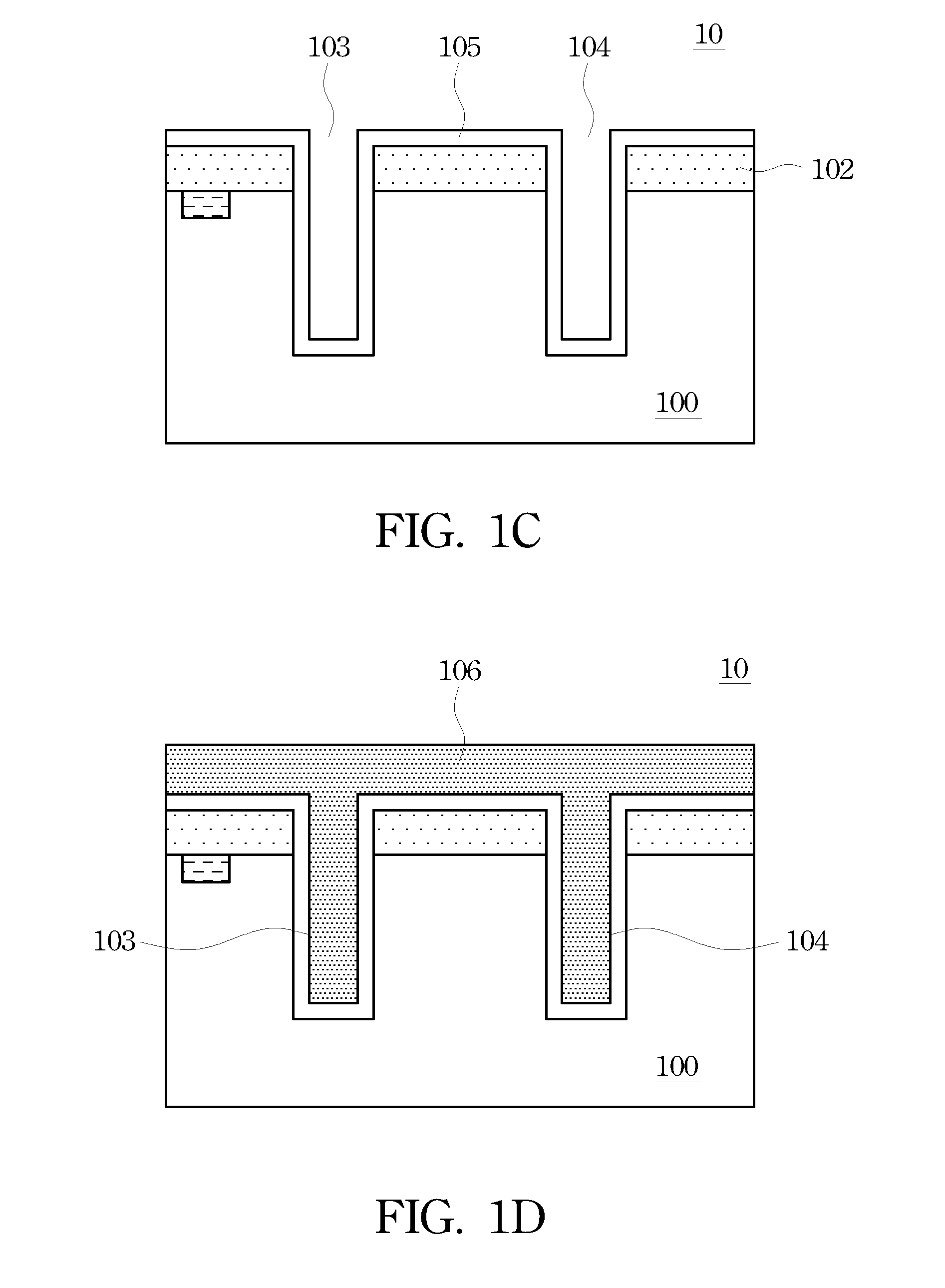Protection for Bonding Pads and Methods of Formation
a technology of bonding pads and protective layers, which is applied in the direction of semiconductor devices, semiconductor/solid-state device details, electrical devices, etc., can solve the problems of metal materials such as copper exposed to air or other unprotected ambient environment, reliability concerns of metal material bonding pads,
- Summary
- Abstract
- Description
- Claims
- Application Information
AI Technical Summary
Benefits of technology
Problems solved by technology
Method used
Image
Examples
Embodiment Construction
[0018]The making and using of the presently preferred embodiments are discussed in detail below. It should be appreciated, however, that the present invention provides many applicable inventive concepts that can be embodied in a wide variety of specific contexts. The specific embodiments discussed are merely illustrative of specific ways to make and use the invention, and do not limit the scope of the invention.
[0019]With reference now to FIG. 1A, there is shown a portion of a cross-sectional diagram of wafer 10. Wafer 10 comprises substrate 100, which is typically silicon (Si), but may also be made of gallium arsenide (GaAs), gallium arsenide-phosphide (GaAsP), indium phosphide (InP), gallium aluminum arsenic (GaAlAs), indium gallium phosphide (InGaP), and the like, and illustrates device 101 processed from substrate 100. Device 101 may comprises one or more known active and passive devices formed on substrate 100, such as transistors, diodes, resistors, capacitors, and inductors. ...
PUM
 Login to View More
Login to View More Abstract
Description
Claims
Application Information
 Login to View More
Login to View More - R&D
- Intellectual Property
- Life Sciences
- Materials
- Tech Scout
- Unparalleled Data Quality
- Higher Quality Content
- 60% Fewer Hallucinations
Browse by: Latest US Patents, China's latest patents, Technical Efficacy Thesaurus, Application Domain, Technology Topic, Popular Technical Reports.
© 2025 PatSnap. All rights reserved.Legal|Privacy policy|Modern Slavery Act Transparency Statement|Sitemap|About US| Contact US: help@patsnap.com



